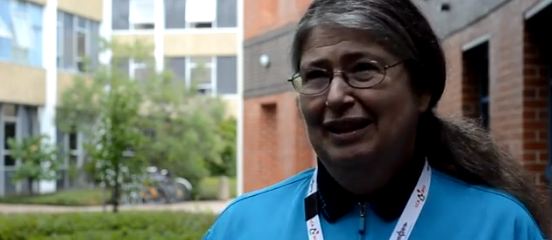

The basic functioning concept she developed was a bridge:īridges just listen promiscuously, and forward to other port(s) when the "ether" is free This requires a topology without loops An important constraint was also provided: Perlman could not modify the endnote or Ethernet packet. Instead, she considered the " pseudonode" approach, which meant just n+1 nodes, as shown by the diagram below.Īfter disagreeing with industry representatives that considered that there would be no need to communicate between different Ethernets, she was given the assignment to build a "magic box" that would enable Ethernets to talk to each other. if she had considered each node combination in the algorithm, she would have ended up with an n*n combination of nodes, which would've increased the size of the lookup database too much. When Ethernet came into play, she needed to integrate the nodes within a network. Just looking at 60% of the traffic would mean too many collisions.Īccording to Perlman, the routing algorithms she wrote should work with any underlying protocol, not only IP or DECNet. This would work for a network situated within a building but not for the whole internet. In plain words: common sense implemented for networks - don’t speak if somebody else is speaking and if it happens, restart the conversation based on a randomly chosen time. The initial protocol used was Carrier Sense Multiple Access/Collision Detection ( CSMA/CD). At layer 3, Ethernet packets are forwarded having just an extra field – hop count – for keeping track of how many times a packet is forwarded. So, layer 2 only talks to neighbours and layer 3 forwards from link to link.Įven if Ethernet was initially designed for multiple machines to communicate over the same wire – layer 2 connectivity – it ended up working at layer 3 as well.



Next, Perlman delved into reviewing network layers.
#Radia perlman family life professional
Also, the expert groups working on the standards are, at times, acting more like sports fans rather than professional technologists. She believes that standards act more like moving targets than stable reference points. TCP/IP arrived on tablets from the sky in its awesome perfection, nothing else ever existed Perlman began by stating that she doesn’t always agree with the way professionals speak about network protocols, memorising the details of the way everything is deployed, such as: Why do we need both Ethernet and IP?) and explored how things might have looked if they were designed today. In her talk, she answered some common questions (e.g. Radia Perlman, EMC Fellow and one of the pioneers of early network design, presented a keynote at QCon London that explored how networking protocols and technologies have evolved to become today’s Internet.


 0 kommentar(er)
0 kommentar(er)
